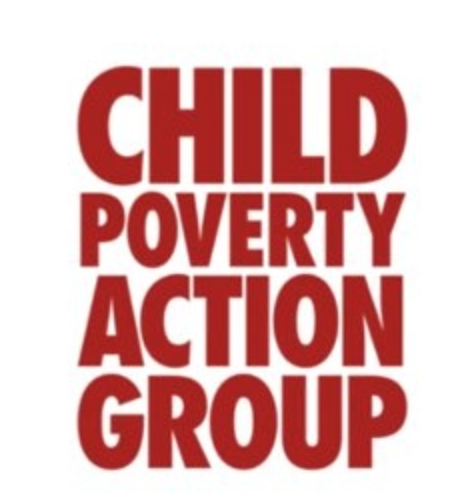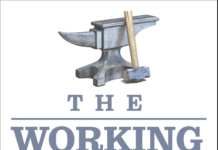
New survey numbers to be celebrated, but children can’t wait for reporting
Child Poverty Action Group (CPAG) commends the announcement by Minister of Statistics James Shaw that his ministry will be kicking off New Zealand’s most extensive survey of child poverty this month “to give a clearer picture of how poverty affects everyone; from children to the elderly”.
CPAG has been concerned that the current data sample used to produce the Household Incomes Report is too small, and that it is is limited in its framework.
Submitting on the Child Poverty Reduction Bill and changes to the Vulnerable Children Act 2014, CPAG said that the current information for the Household Incomes Report had been drawn from an insufficient sample range and size. As indicated in the latest Household Incomes Report, the sample size for Māori and Pasifika households as well as sole parent beneficiaries was too small to allow for accurate reporting.
“This is a major gap, given the high proportion of Māori and Pasifika families with children in poverty and the high rates of poverty among beneficiary households.”
The new survey will collect data from around 20,000 households (previously 3000-3500) and will have focus on areas of deprivation that better indicate what kind of income brackets our most vulnerable fall into.
The new survey will ask families questions about whether their children have two pairs of good shoes, two sets of warm winter clothes, and a waterproof coat. They will also be asked if they have been forced to postpone a child’s visit to the dentist so they could afford essentials like food and rent.
Associate Professor Mike O’Brien says, “This is a significant improvement in numbers and focus, and the new framework will have the potential to provide much better data about the kind of poverty that affects our most vulnerable citizens.
“We need to know more about the lived experiences of those whose incomes fall well below the 40% (of the national median after housing costs) poverty line,” says O’Brien, who is CPAG’s social security spokesperson.
“As CPAG’s latest report shows, many beneficiary families have incomes of less than 30% of the median (AHC).”
CPAG is cautious about the need for much better resourcing, for the survey to produce effective and timely reporting.
“The survey will have the scope to provide much more robust data about our families and whānau, but it will take many more hours of collecting, and collating and reporting than currently undertaken – and the delay in reporting is nearly two years,” says O’Brien.
“It’s essential that the resources are provided to manage the additional workload so that reporting is much more timely,” says O’Brien.
“Urgently needed are policy changes to vastly improve the lives of our worst off children, long before the results are presented – vulnerable families simply cannot wait around for reporting to impact on decision-making.”




